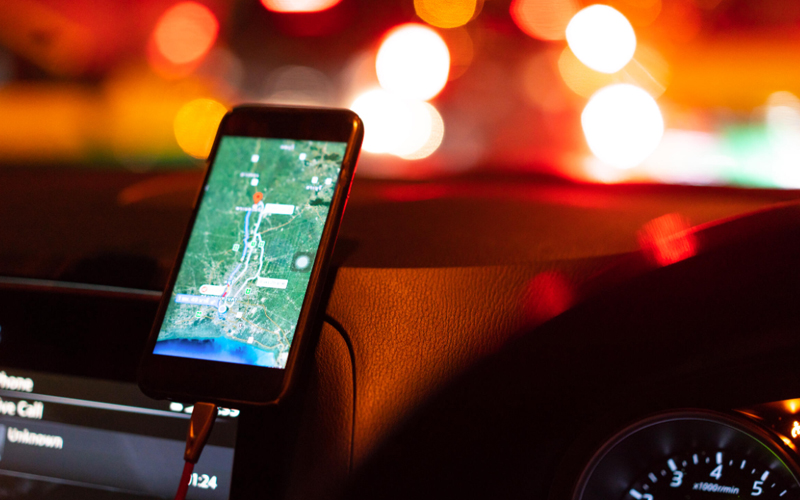Customer Lifetime Value (CLV) indicates the total revenue a business can expect from a customer throughout their relationship. Accurate CLV analysis enables decision-makers to refine marketing efforts, optimise costs, and focus on profitable customer segments. Loyalty programmes, which reward and track customer behaviour, offer a robust source of data for understanding CLV. By examining loyalty programme insights, businesses can tailor customer loyalty strategies, strengthen long-term relationships, and improve overall profitability.
Customer lifetime value formula
There are several types of customer lifetime value calculations that businesses can utilise to tailor their strategies, each with its specific formula:
- Simple CLV: This calculation uses historical data to provide a straightforward estimation of customer value.
- Traditional CLV: This method factors in acquisition costs to deliver a more realistic view of profitability.
- Predictive CLV: This approach uses machine learning and statistical methods to forecast future customer behaviour and revenue.
Formula: CLV = Average order value × Purchase frequency × Customer lifespan
Formula: CLV = (Average order value × Number of transactions per period) – Customer acquisition cost
Formula: Predictive models typically estimate future cash flows using discounting techniques and advanced analytics (e.g., CLV = Σ (Future cash flow / (1 + discount rate)^t))
Effective strategies to extract CLV data from loyalty programmes
To extract meaningful insights for lifetime value calculation, organisations should adopt multiple data-driven strategies that capture both quantitative metrics and qualitative nuances. These strategies help improve customer loyalty strategies by enabling a detailed understanding of customer behaviour and ensuring data is leveraged for precise targeting:
- Tracking customer engagement:
- Monitoring app usage, website visits, in-store interactions, and reward redemptions to gauge customer commitment and frequency
- Analysing time spent on each touchpoint and the sequence of interactions to identify critical moments that influence spending
- Advanced analytics:
- Using machine learning models to predict future behaviours based on historical trends, average spending, and seasonal variations
- Applying clustering and regression techniques to refine predictive models and understand the impact of different variables on CLV
- Collecting qualitative insights:
- Gathering feedback through surveys, focus groups, and direct interactions to understand the motivations behind customer behaviour
- Incorporating sentiment analysis to discern customer emotions that drive loyalty and engagement
- CRM integration:
- Merging loyalty data with Customer Relationship Management systems to build a comprehensive view of customer interactions and preferences
- Ensuring that data from different sources is standardised and integrated seamlessly to support accurate lifetime value calculation
- Segmentation analysis:
- Grouping customers based on demographics, spending patterns, and engagement levels to personalise offers effectively
- Using dynamic segmentation to adjust groups as customer behaviours and trends evolve over time
- A/B testing:
- Implementing A/B tests on promotional campaigns to determine which strategies boost engagement and drive revenue growth
- Experimenting with different reward structures and communication strategies to identify the most effective approaches
- Multi-channel tracking:
- Ensuring data collection across all channels—online, mobile, and in-store—to obtain a complete customer picture
- Analysing cross-channel behaviour to understand how customers transition between digital and physical environments, enriching the CLV data set
Key insights gleaned from loyalty programme data
Loyalty programme data uncovers actionable insights that support targeted customer loyalty strategies. Each insight offers a specific perspective to optimise marketing and retention efforts.
- Purchasing frequency and patterns:
- Customer preferences:
- Effective segmentation:
- Churn prediction:
- Profitability analysis:
- Customer journey mapping:
- Feedback correlation:
- Lifecycle stage analysis:
Analysing the timing and regularity of purchases helps forecast future behaviour and refine marketing schedules
Tracking preferred products and services enables tailored promotions that directly meet customer needs
Dividing customers into groups by spending and engagement allows for customised communication and rewards
Early indicators of reduced engagement highlight at-risk customers, prompting timely retention actions
Evaluating revenue contributions from different segments guides resource allocation toward the most valuable customers
Identifying key touchpoints in the customer journey reveals opportunities to enhance overall experience and satisfaction
Aligning customer feedback with transaction data validates trends and informs strategic adjustments
Understanding distinct phases of customer interaction helps design stage-specific initiatives that foster long-term loyalty
How can Infosys BPM improve customer loyalty strategies?
Infosys BPM transforms loyalty programme data into actionable insights through streamlined processes, automation, and advanced analytics. By integrating loyalty data with core systems and leveraging round-the-clock support, Infosys BPM helps businesses minimise churn, improve resource allocation, and boost overall lifetime value calculation. This strategic approach empowers organisations to implement effective customer loyalty strategies and drive sustainable growth.








